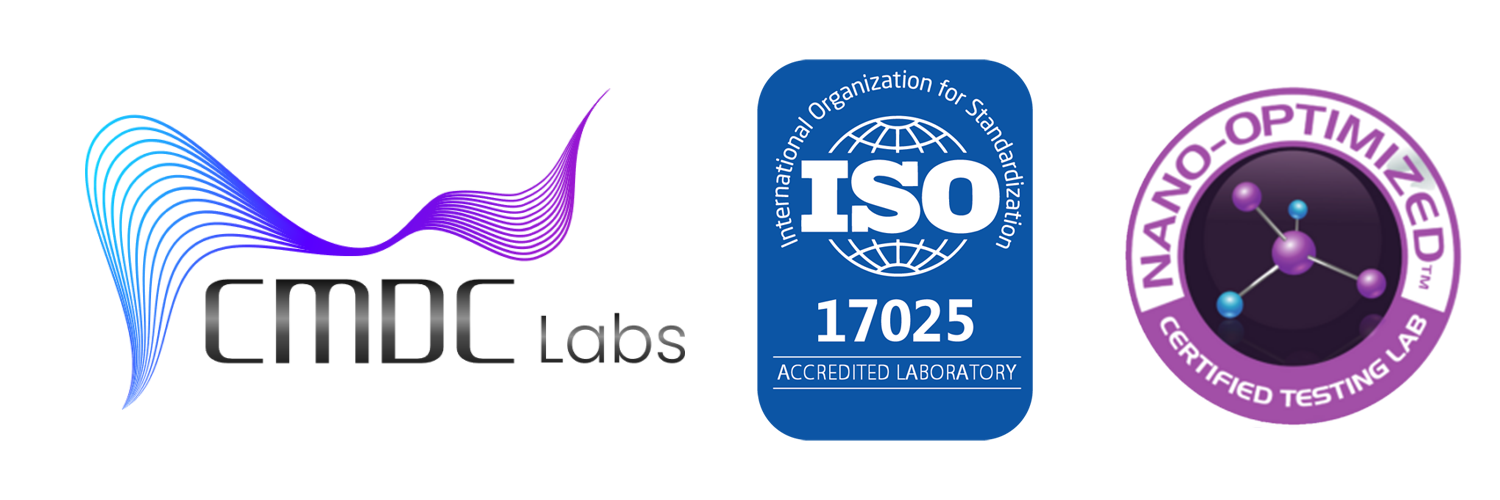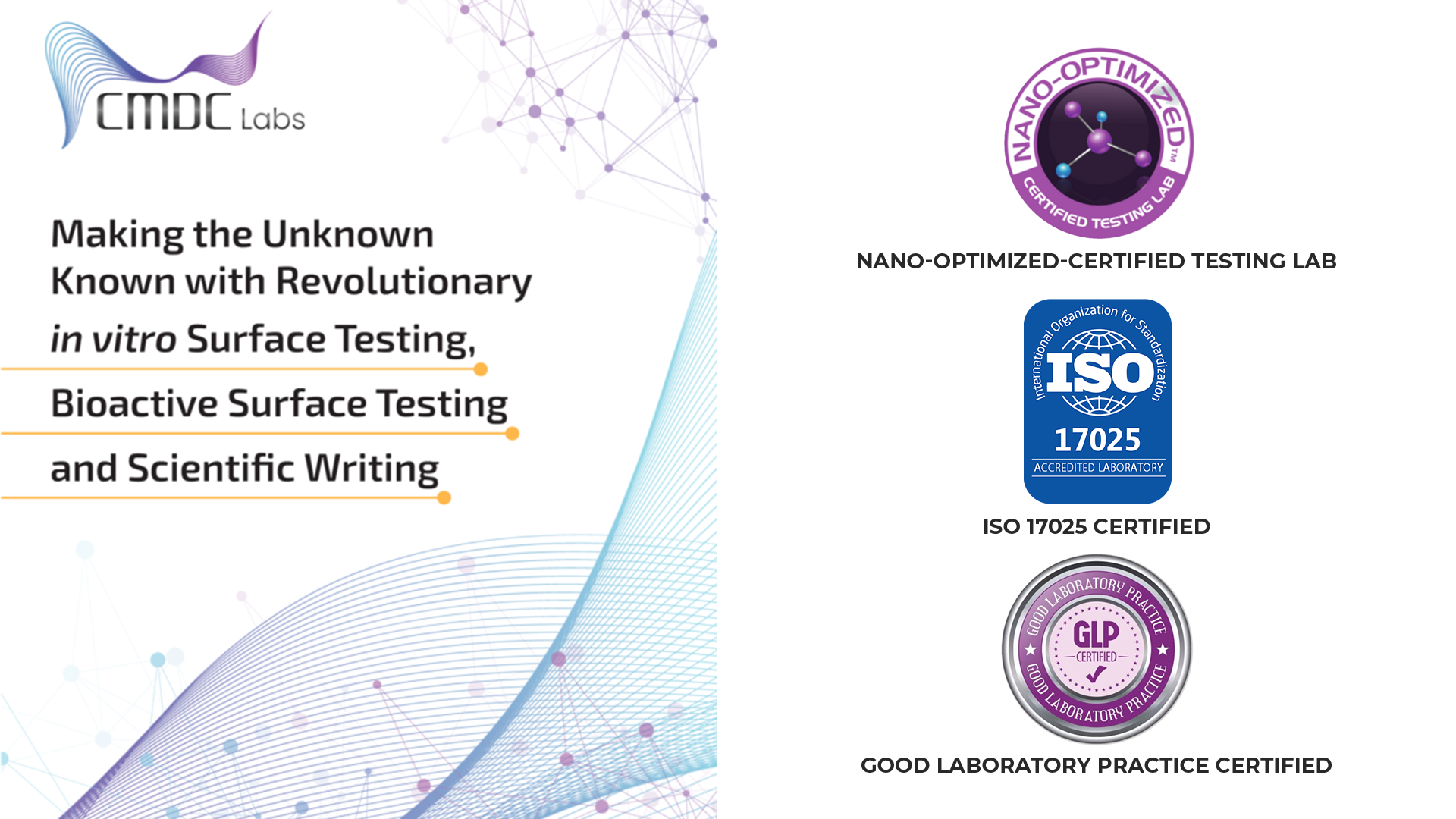For decades, foodborne illness outbreaks were most often associated with animal-derived foods — poultry, eggs, dairy, and meat. But in recent years, contamination events linked to plant-based ingredients and dietary supplements have steadily increased. The recent FDA investigation into Salmonella contamination in Moringa leaf powder serves as another wake-up call: even foods marketed as “natural,” “organic,” or “clean-label” can harbor unseen microbial risks if not properly monitored.
This event isn’t just a story about one contaminated ingredient — it’s a signal of how globalized supply chains, minimal processing, and climate variability are changing the landscape of food safety. For laboratories like CMDC Labs, it’s a reminder that testing strategies must evolve beyond traditional product categories to cover emerging ingredients, nutraceuticals, and plant-based powders.
The Moringa Case: A Brief Overview
The U.S. Food and Drug Administration (FDA), in coordination with the Centers for Disease Control and Prevention (CDC), recently launched an outbreak investigation involving Salmonella contamination in Moringa leaf powder — a product widely used in supplements, smoothies, and herbal blends.
While details are still under analysis, early findings indicate that contaminated lots may have originated from a common raw material source outside the U.S., potentially linked to inadequate drying, handling, or packaging practices.
The outbreak prompted multiple product recalls and raised key concerns:
- The ingredient was marketed as a health supplement and consumed without heat treatment, meaning pathogens weren’t neutralized before ingestion.
- The distribution network was broad — affecting multiple retailers and supplement brands.
- Traceability challenges made it difficult to isolate the contamination point within the global supply chain.
For regulators and testing labs, this outbreak reinforced a critical insight: plant-based doesn’t mean pathogen-free.
Understanding the Source: Why Plant-Based Ingredients Are Not Immune
While most consumers associate Salmonella with undercooked chicken or raw eggs, the pathogen is highly versatile — able to survive on leafy greens, herbs, nuts, and even dry powders.
Key contamination vectors include:
- Environmental exposure – Contaminated irrigation water or soil introduces pathogens to crops long before harvest.
- Post-harvest handling – Unhygienic drying racks, grinding equipment, or storage conditions create ideal breeding grounds.
- Cross-contamination during transport – Shared trucks or containers used for animal feed and plant materials spread bacteria invisibly.
- Minimal processing – Powdered supplements like Moringa often skip heat sterilization, meaning any pathogen that survives the field or drying process ends up in the final product.
What makes this risk even more insidious is the survivability of Salmonella. Studies show the bacteria can persist in dry products like flour, tea, or spices for months — sometimes years — without significant loss of infectivity.
That’s why comprehensive environmental monitoring and ingredient-level pathogen testing are no longer optional; they’re essential to safeguard both consumer health and brand integrity.
Beyond Compliance: The Expanding Scope of Food Safety Testing
The FDA’s ongoing modernization of food safety oversight — through initiatives like the Food Safety Modernization Act (FSMA) — shifts the industry’s mindset from reaction to prevention.
But prevention is only as strong as the testing frameworks that support it.
Traditional pathogen testing often focused on finished foods or high-risk animal products. Today, regulators are increasingly scrutinizing:
- Raw ingredient suppliers (including overseas sources)
- Contract manufacturers producing supplements or powders
- Co-packers handling dry materials across multiple clients
- Microbial environments within processing facilities
The lesson from the Moringa outbreak is simple but vital: a single weak point in any of these steps can contaminate an entire national product line.
CMDC Labs’ Approach: Detecting Pathogens Before They Reach the Market
At CMDC Labs, our testing philosophy is grounded in prevention, precision, and partnership.
We work closely with food, beverage, and supplement manufacturers to identify contamination sources before they escalate into costly recalls or consumer illness.
Our suite of microbiological and molecular testing services combines advanced pathogen detection, environmental monitoring, and hygiene validation to provide full visibility into the safety of both raw and finished products.
1. Ingredient-Level Pathogen Screening
The first line of defense against contamination is ingredient testing — especially for raw materials sourced globally.
CMDC Labs applies ISO-accredited microbiological assays and qPCR-based molecular detection to identify pathogens like:
- Salmonella spp.
- Listeria monocytogenes
- E. coli O157:H7
- Bacillus cereus
- Staphylococcus aureus
These tests are sensitive enough to detect extremely low contamination loads, even in complex plant matrices like powders, seeds, and herbal extracts.
For Moringa and similar ingredients, our lab’s sample preparation protocols include:
- Hydration and homogenization to recover dormant cells from dry matrices.
- Enrichment under selective conditions to encourage pathogen growth before detection.
- Rapid turnaround testing using validated PCR platforms for same-day confirmation.
This ensures manufacturers can identify unsafe lots early — before blending or packaging multiplies the risk.
2. Environmental Monitoring and Hygiene Auditing
Contamination doesn’t just happen in the field — it can originate inside the facility itself.
CMDC Labs provides ongoing environmental surveillance for processing plants, co-packers, and warehouses.
Our programs include:
- Surface swabbing and air sampling to detect microbial hotspots.
- Zone-based risk mapping to pinpoint high-risk areas like grinders, drying rooms, and filling lines.
- Routine trending reports to track contamination over time and evaluate cleaning effectiveness.
- Root cause analysis (RCA) and recommendations for continuous improvement.
By integrating these services into daily operations, facilities build predictive hygiene intelligence — stopping contamination before it becomes systemic.
3. Water and Air Quality Validation
Clean air and water are non-negotiable in food and supplement manufacturing.
CMDC Labs tests process water, rinse water, and air filtration systems for microbial contamination, heavy metals, and chemical residues.
This step is particularly critical for herbal powder producers, who often rely on open-air drying or shared water sources.
By validating these utilities, CMDC helps clients maintain compliance with both FSMA and Good Manufacturing Practice (GMP) standards.
4. Supply Chain Integrity and Traceability Support
Today’s ingredient supply chains are complex webs spanning continents.
A single product may pass through multiple vendors, repackagers, and shippers before reaching a factory.
CMDC Labs assists clients in strengthening supply chain verification through:
- Vendor qualification testing for microbial and chemical hazards.
- Certificate of Analysis (COA) verification and documentation audits.
- Chain-of-custody validation ensuring sampling integrity from source to shipment.
- Lot-level trace testing, allowing rapid recall isolation if an issue arises.
These preventive steps don’t just reduce recall risk — they also increase confidence among retail partners and regulators.
5. Rapid Response and Recall Prevention
When contamination is suspected, time becomes the single most important variable.
CMDC Labs’ Rapid Response Program provides emergency testing and confirmation services that minimize operational downtime.
Our 24/7-ready network delivers:
- Accelerated microbial identification (often within 12–24 hours).
- Confirmatory testing using dual-method validation (culture + molecular).
- Support for regulatory communication, including FDA or USDA reporting templates.
- Corrective action validation to verify that remediation measures are effective.
This proactive approach transforms what could be a costly crisis into a controlled, data-driven response.
Lessons from the Moringa Outbreak: The Broader Picture
The Moringa case underscores an important truth: food safety vulnerabilities now extend across every category of production — animal, plant, and supplement alike.
But the implications reach even further:
1. Globalization Requires Global Testing Standards
Ingredients are no longer local. As supply networks cross borders, testing protocols must harmonize internationally. CMDC Labs supports this by adhering to FDA, ISO, and Codex Alimentarius methodologies that align with major regulatory bodies worldwide.
2. Consumer Trust Relies on Scientific Transparency
Modern consumers demand proof of purity — not just claims of “organic” or “lab-tested.” Independent lab verification builds credibility and provides brands with defensible data.
3. Data-Driven Prevention Saves More Than Compliance Costs
Each avoided recall protects revenue, brand reputation, and — most importantly — consumer health. Testing is no longer a regulatory checkbox; it’s a competitive differentiator.
How CMDC Labs Partners with Supplement and Ingredient Producers
At CMDC Labs, our partnership approach combines scientific rigor with operational flexibility.
We tailor our services based on the client’s specific process flow, regulatory jurisdiction, and market positioning.
Our support model includes:
- Consultative risk assessment: Identifying critical control points unique to each product line.
- Customized testing panels: Covering microbial, chemical, and allergen parameters as required by client specifications or export regulations.
- Training and process audits: Empowering QA teams to implement sustainable monitoring protocols.
- Regulatory compliance alignment: Integrating testing data into FSMA-compliant documentation frameworks.
Through this model, CMDC Labs doesn’t just test for safety — it helps build it into the foundation of each brand’s supply chain.
The Future of Food Safety: Smarter, Broader, and Faster
The Moringa outbreak is part of a growing pattern. As food science evolves and global trade accelerates, hidden contamination risks are no longer limited to what we traditionally call “food.” Nutraceuticals, powders, flavorings, and botanical extracts all share the same vulnerabilities — and therefore require the same scientific vigilance.
Emerging technologies such as metagenomics, AI-assisted predictive microbiology, and blockchain traceability are likely to play an increasing role in the next generation of safety assurance.
CMDC Labs is actively integrating these tools into its roadmap — bridging the gap between classical microbiology and modern data science to provide actionable, real-time safety intelligence.
Conclusion: Prevention Is the New Standard
The FDA’s Moringa leaf powder investigation reminds every player in the food and supplement industries that safety doesn’t end at the factory gate — it starts at the source.
Through comprehensive pathogen detection, environmental monitoring, and supply chain validation, CMDC Labs helps clients move from reactive testing to proactive prevention.
Because in today’s food ecosystem, where one ingredient can cross oceans and brands overnight, a single test can make the difference between trust and crisis.
This article is intended for educational purposes and summarizes publicly available information from FDA.gov
Sources: FDA.gov, CDC.gov, Food Safety Modernization Act (FSMA), ISO 17025 Standards, Codex Alimentarius, Journal of Food Protection

